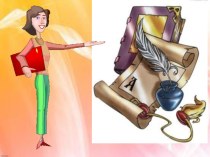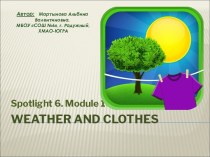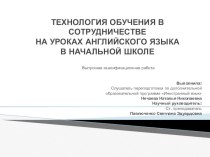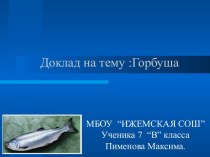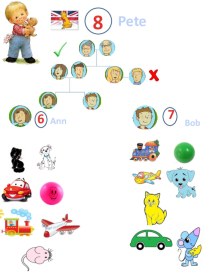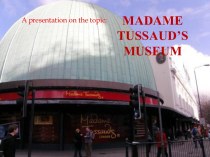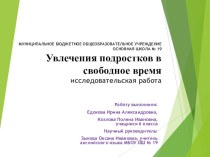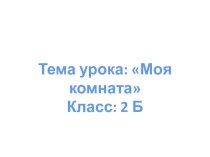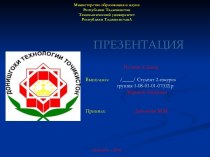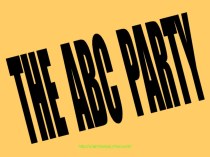- Главная
- Разное
- Бизнес и предпринимательство
- Образование
- Развлечения
- Государство
- Спорт
- Графика
- Культурология
- Еда и кулинария
- Лингвистика
- Религиоведение
- Черчение
- Физкультура
- ИЗО
- Психология
- Социология
- Английский язык
- Астрономия
- Алгебра
- Биология
- География
- Геометрия
- Детские презентации
- Информатика
- История
- Литература
- Маркетинг
- Математика
- Медицина
- Менеджмент
- Музыка
- МХК
- Немецкий язык
- ОБЖ
- Обществознание
- Окружающий мир
- Педагогика
- Русский язык
- Технология
- Физика
- Философия
- Химия
- Шаблоны, картинки для презентаций
- Экология
- Экономика
- Юриспруденция
Что такое findslide.org?
FindSlide.org - это сайт презентаций, докладов, шаблонов в формате PowerPoint.
Обратная связь
Email: Нажмите что бы посмотреть
Презентация на тему по английскому языку на тему British and American Scientists.
Содержание
- 2. Rodger Bacon.At the end of the 12th
- 3. Isaac Newton (1643 – 1727).One of the
- 4. William Herschel (1738 – 1822).An astronomer, became
- 5. George Stephenson (1781 – 1848)Inventor and founder
- 6. Michael Faraday (1791 – 1867)A physicist and
- 7. Samuel F. B. Morse (1791 – 1872).The
- 8. Charles Darwin (1809 – 1882)An outstanding naturalist.In
- 9. Ernest Rutherford (1871 – 1937)The great pioneer
- 10. Joseph Lister (1827 – 1912).An English surgeon.He
- 11. Alexander Fleming ( 1881 – 1955).He discovered
- 12. Alexander Graham Bell (1847 – 1922)His father
- 13. Thomas Alva Edison (1847 – 1931).His many
- 14. Igor Ivanovich Sikorskiy (1890 – 1972)He built
- 15. Albert Einstein (1879 – 1955)He is known
- 16. Charles Babbage.The early history of the computer
- 17. Herman Hollerith.The American inventor patented a calculating
- 18. Grace Hopper (1906 – 1992)An American scientist,
- 19. Paul Anthony Samuelson (1915 -1992)An American scientist,
- 20. Скачать презентацию
- 21. Похожие презентации
Rodger Bacon.At the end of the 12th century, great philosopher Rodger Bacon put the beginning of natural science (Mathematics, astronomy). He criticized theology and spent 14 years
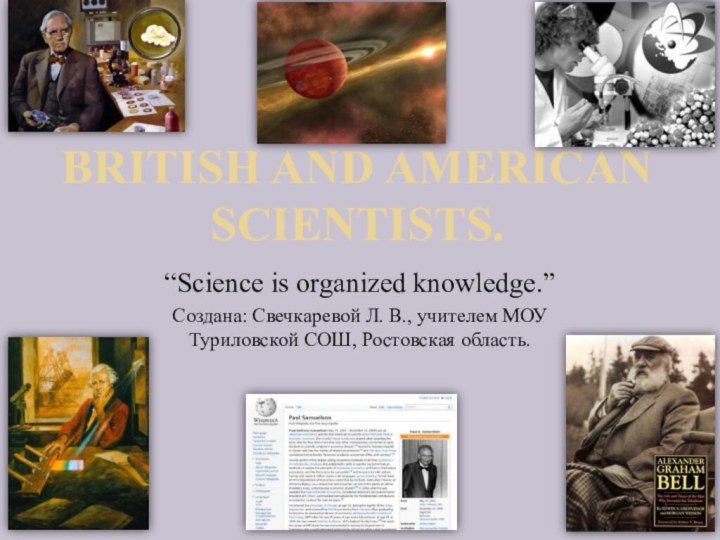

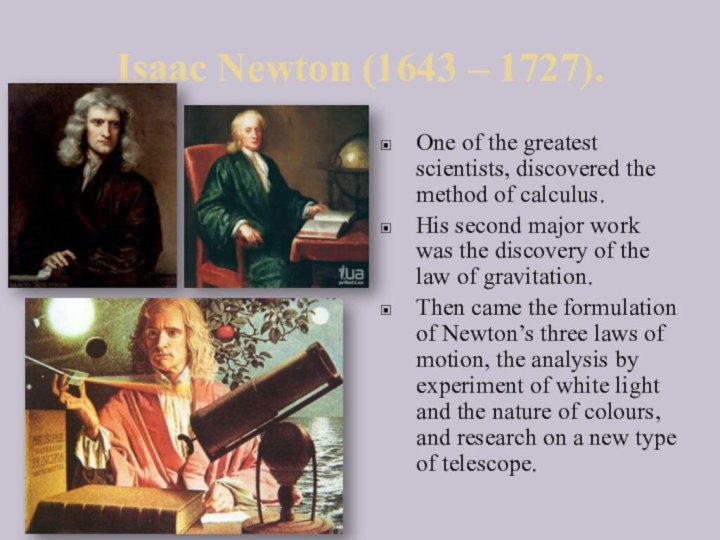
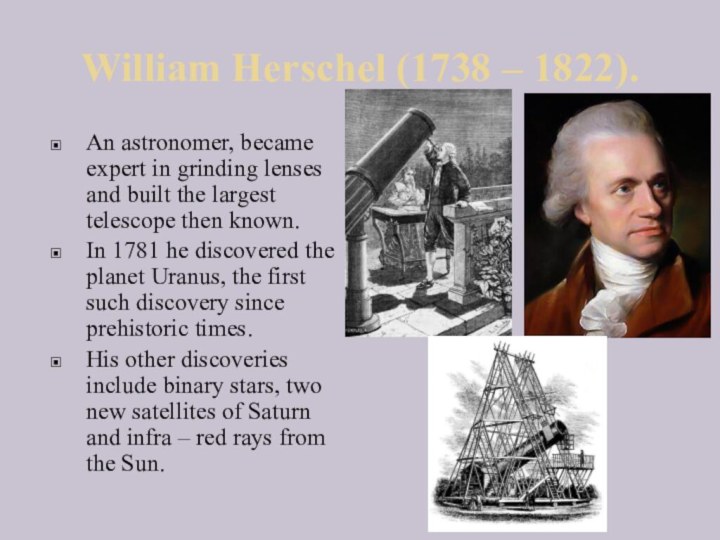

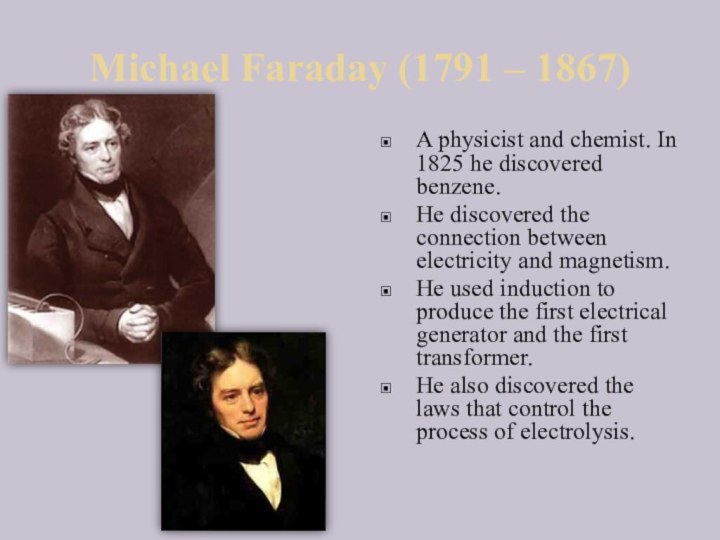


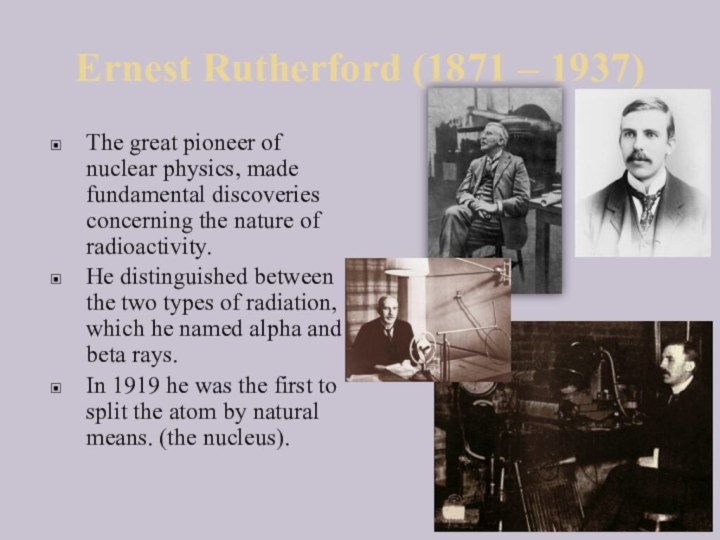



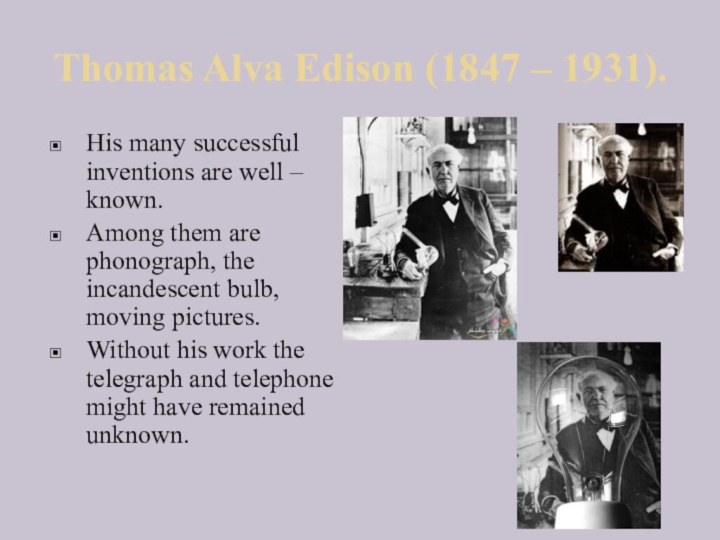
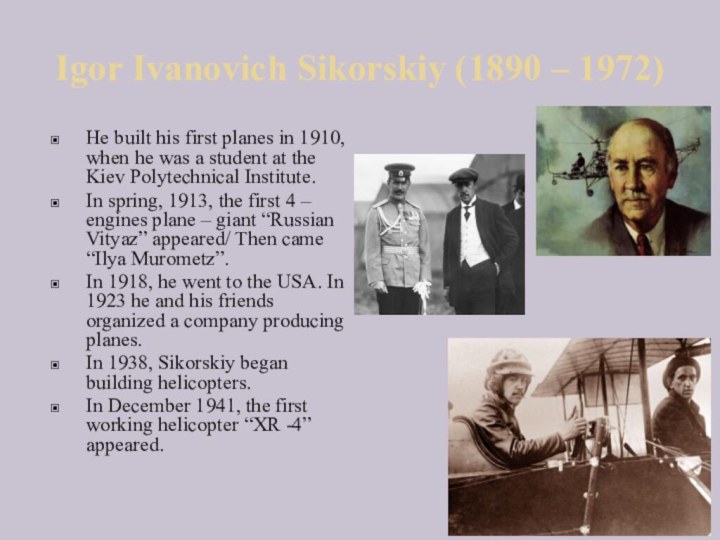
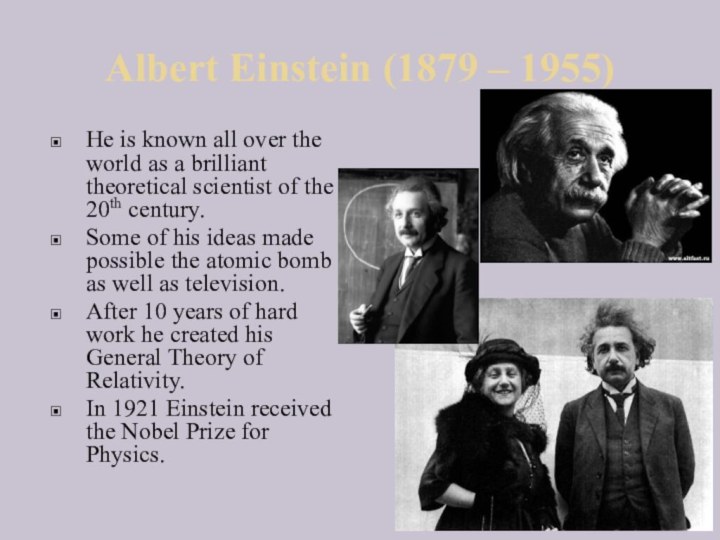
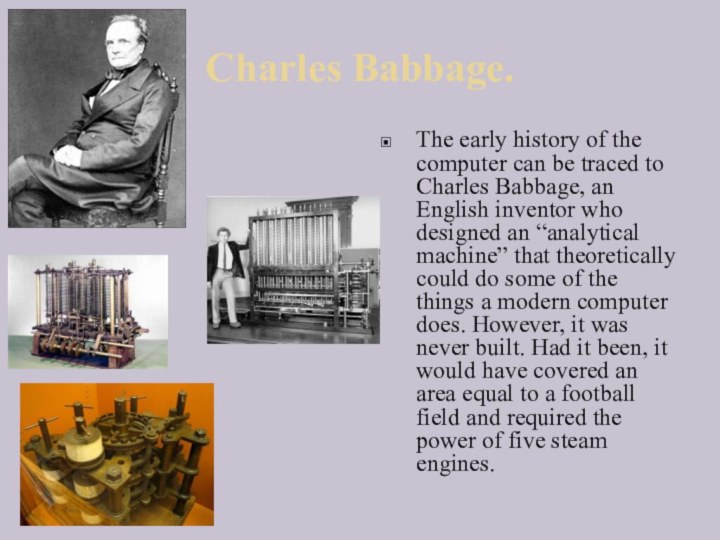
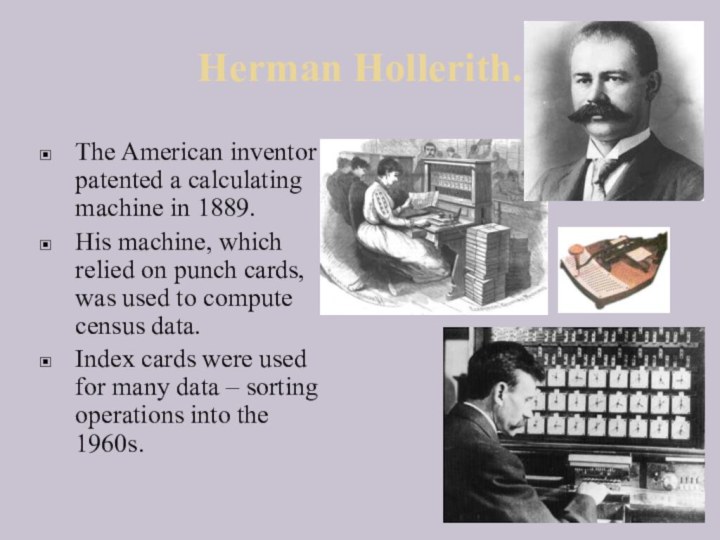

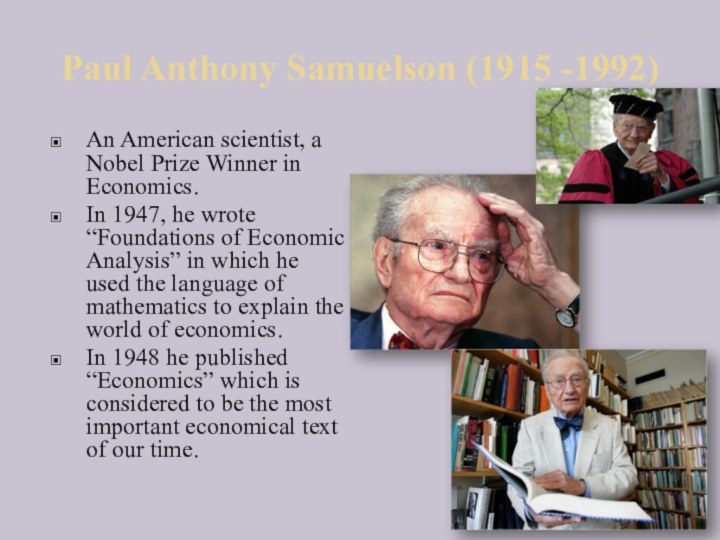
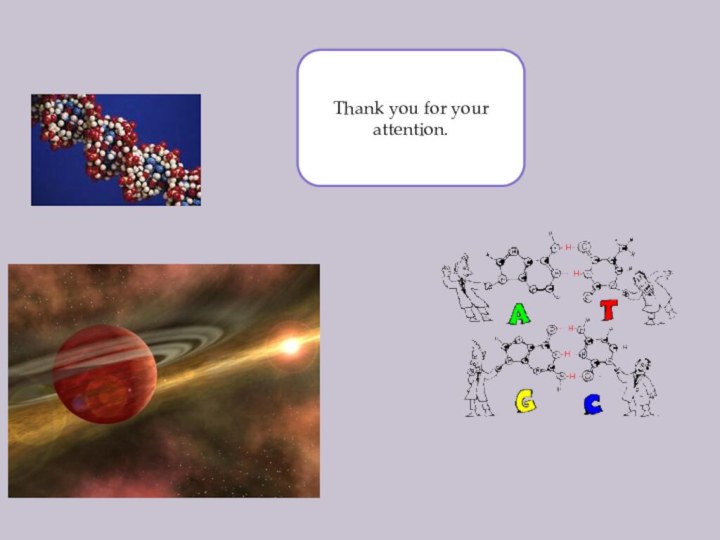
Слайд 3
Isaac Newton (1643 – 1727).
One of the greatest
scientists, discovered the method of calculus.
His second major
work was the discovery of the law of gravitation.Then came the formulation of Newton’s three laws of motion, the analysis by experiment of white light and the nature of colours, and research on a new type of telescope.
Слайд 4
William Herschel (1738 – 1822).
An astronomer, became expert
in grinding lenses and built the largest telescope then
known.In 1781 he discovered the planet Uranus, the first such discovery since prehistoric times.
His other discoveries include binary stars, two new satellites of Saturn and infra – red rays from the Sun.
Слайд 5
George Stephenson (1781 – 1848)
Inventor and founder of
railways.
The railway was opened on September 27, 1825, and
the first public passenger train in the world was drawn by Stephenson’s “Active”, later renamed “Locomotive”.
Слайд 6
Michael Faraday (1791 – 1867)
A physicist and chemist.
In 1825 he discovered benzene.
He discovered the connection between
electricity and magnetism.He used induction to produce the first electrical generator and the first transformer.
He also discovered the laws that control the process of electrolysis.
Слайд 7
Samuel F. B. Morse (1791 – 1872).
The inventor
of the telegraph.
Morse worked out his famous alphabet or
code of dots and dashes. This alphabet is still used in telegraph systems today.
Слайд 8
Charles Darwin (1809 – 1882)
An outstanding naturalist.
In 1859
he published his great work “On the Origin of
Species by Means of Natural Selection, or the Preservation of Favoured Races in the Struggle for Life.”
Слайд 9
Ernest Rutherford (1871 – 1937)
The great pioneer of
nuclear physics, made fundamental discoveries concerning the nature of
radioactivity.He distinguished between the two types of radiation, which he named alpha and beta rays.
In 1919 he was the first to split the atom by natural means. (the nucleus).
Слайд 10
Joseph Lister (1827 – 1912).
An English surgeon.
He was
the founder of antiseptic surgery.
He was the first to
discover the reasons for infection and the way to prevent it.The best monument to Joseph Lister is the Lister Institute of Preventive Medicine in London.
Слайд 11
Alexander Fleming ( 1881 – 1955).
He discovered a
liquid mould culture, which he named penicillin. It prevented
growth of staphylococci.He is known as the “father of antibiotics”.
Слайд 12
Alexander Graham Bell (1847 – 1922)
His father was
a world – famous teacher of speech for deaf
and the inventor of “ Visible Speech”. Graham worked at improving it.In 1876 he invented the telephone.
In 1915, the first transcontinental telephone was opened.
Слайд 13
Thomas Alva Edison (1847 – 1931).
His many successful
inventions are well – known.
Among them are phonograph, the
incandescent bulb, moving pictures.Without his work the telegraph and telephone might have remained unknown.
Слайд 14
Igor Ivanovich Sikorskiy (1890 – 1972)
He built his
first planes in 1910, when he was a student
at the Kiev Polytechnical Institute.In spring, 1913, the first 4 – engines plane – giant “Russian Vityaz” appeared/ Then came “Ilya Murometz”.
In 1918, he went to the USA. In 1923 he and his friends organized a company producing planes.
In 1938, Sikorskiy began building helicopters.
In December 1941, the first working helicopter “XR -4” appeared.
Слайд 15
Albert Einstein (1879 – 1955)
He is known all
over the world as a brilliant theoretical scientist of
the 20th century.Some of his ideas made possible the atomic bomb as well as television.
After 10 years of hard work he created his General Theory of Relativity.
In 1921 Einstein received the Nobel Prize for Physics.
Слайд 16
Charles Babbage.
The early history of the computer can
be traced to Charles Babbage, an English inventor who
designed an “analytical machine” that theoretically could do some of the things a modern computer does. However, it was never built. Had it been, it would have covered an area equal to a football field and required the power of five steam engines.
Слайд 17
Herman Hollerith.
The American inventor patented a calculating machine
in 1889.
His machine, which relied on punch cards, was
used to compute census data.Index cards were used for many data – sorting operations into the 1960s.
Слайд 18
Grace Hopper (1906 – 1992)
An American scientist, Rear
Admiral of the USA Fleet, Grace Hopper received credit
for creating the first compiler in 1952. hopper helped to develop two computer languages and to make computers attractive to business.
Слайд 19
Paul Anthony Samuelson (1915 -1992)
An American scientist, a
Nobel Prize Winner in Economics.
In 1947, he wrote “Foundations
of Economic Analysis” in which he used the language of mathematics to explain the world of economics.In 1948 he published “Economics” which is considered to be the most important economical text of our time.
